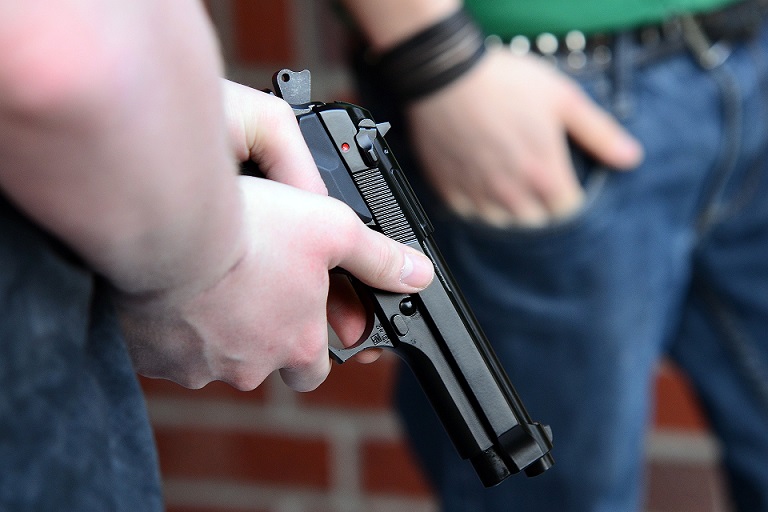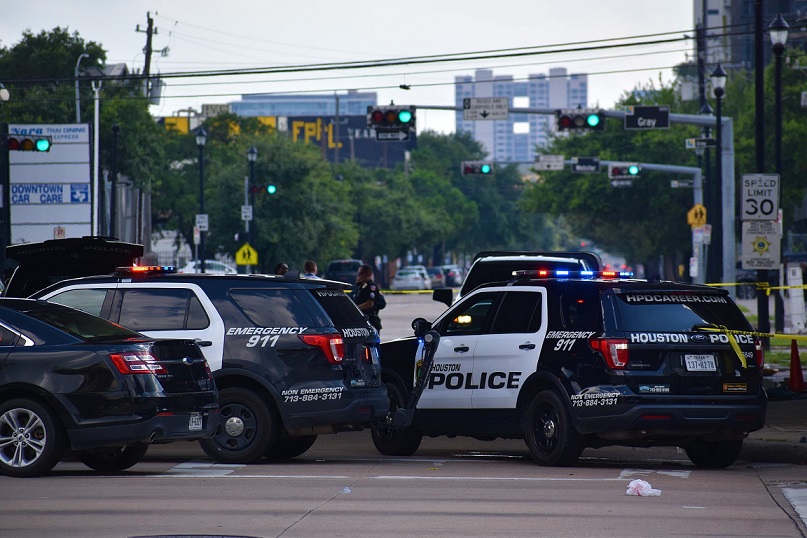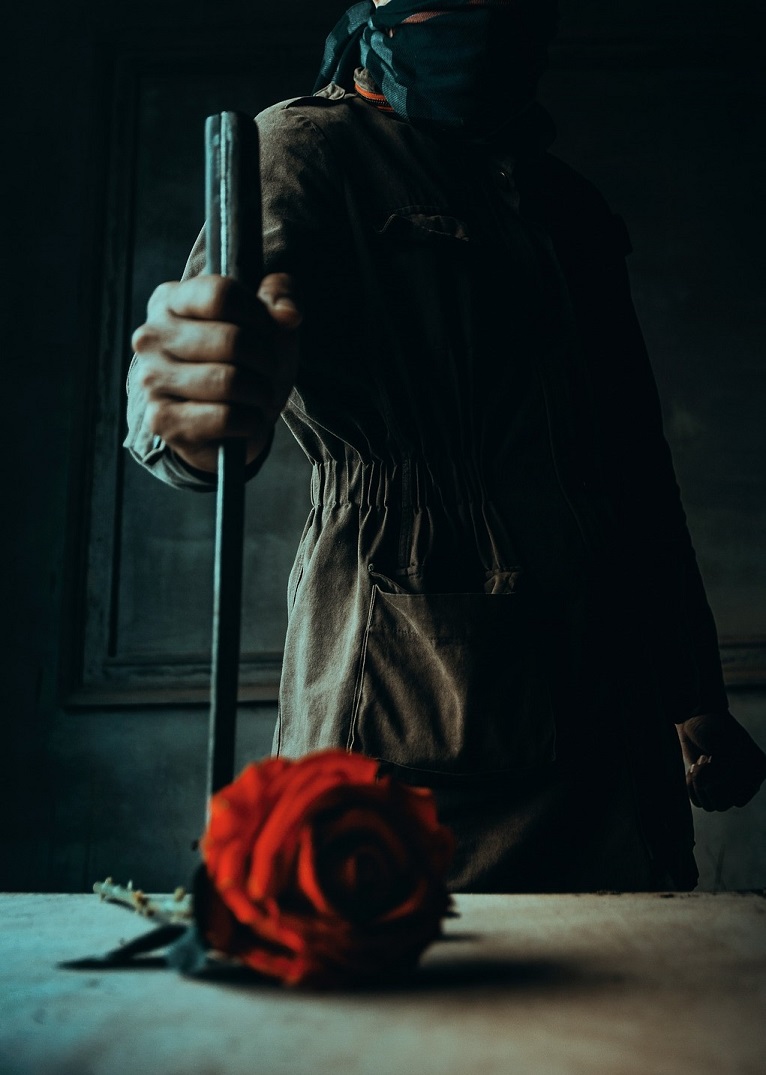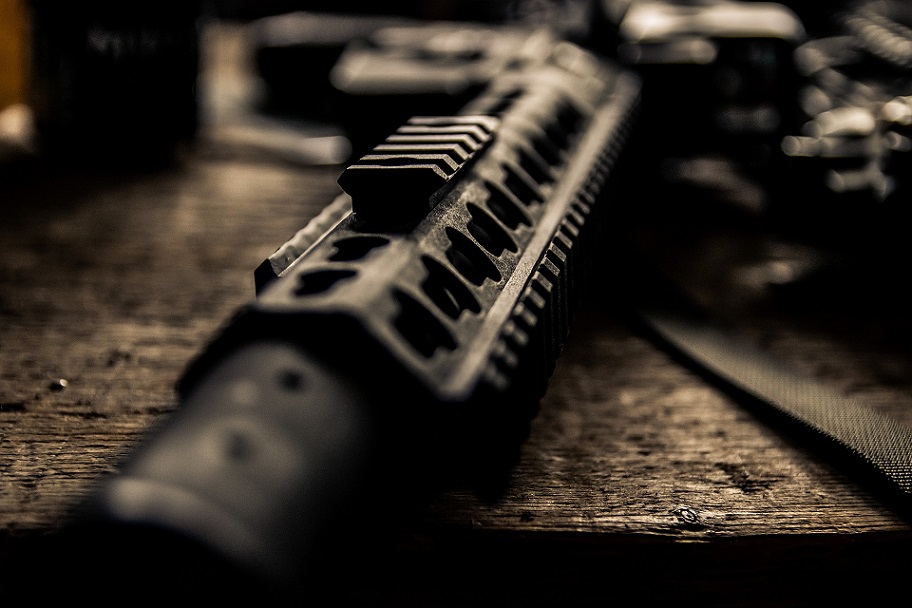Brutal fights to control lucrative criminal economies have led specific provinces and cities across Latin America to have sky-high homicide rates, far above national averages.
In Mexico, the state of Colima has been battered by an ongoing war to control nascent synthetic drug production and trafficking. Venezuela’s capital, Caracas, has been unable to shake sky-high levels of violence since the birth of the country’s most prominent criminal gangs. And in Brazil’s remote state of Roraima, battles between security forces, wildcat gold miners, and Indigenous communities have left thousands dead over the last decade.
To better understand how organized crime dynamics contribute to localized violence, InSight Crime collected data on homicides from provinces, states, and districts across Latin America from 2018 to 2022. Here, we identify five of the worst years for the most violent districts in the region and explore the reasons behind the violence.
Colima, Mexico, 2022: 110 per 100,000
Colima, one of Mexico’s smallest states, is Latin America’s top homicide hotspot. In 2022, Colima’s homicide rate hit 110 per 100,000 residents, according to calculations by the Institute for Economics and Peace. This was the state’s highest-ever homicide rate and more than four times the national average that year.
Violence in Colima is intimately linked to the Jalisco Cartel New Generation (Cartel Jalisco Nueva Generación – CJNG) and the Sinaloa Cartel, which dominate the trafficking of fentanyl and methamphetamine in Mexico. The demand for synthetic drugs in the United States, particularly fentanyl, has seen these two groups fight all the more intensely to control the flow of synthetic drugs and needed chemical precursors.
 Homicides in the state had been unremarkable prior to 2016. But in April of that year, killings leaped 943% compared to the previous April. The increase was attributed to a battle between the CJNG, the Sinaloa Cartel, and the Zetas, a now much-weakened criminal group, for power over Manzanillo, Colima’s Pacific coast port where chemical precursors to produce synthetic drugs arrive from Asia, usually China.
Homicides in the state had been unremarkable prior to 2016. But in April of that year, killings leaped 943% compared to the previous April. The increase was attributed to a battle between the CJNG, the Sinaloa Cartel, and the Zetas, a now much-weakened criminal group, for power over Manzanillo, Colima’s Pacific coast port where chemical precursors to produce synthetic drugs arrive from Asia, usually China.
Since then, killings have continued to trend upward.
Last year was historically bloody, with the state capital, also called Colima, named the most violent city in the world. Violence was again linked to the control of Manzanillo, as well as infighting between groups. At the start of the year, the CJNG’s local enforcers, the Mezcales, abandoned the alliance, claiming the CJNG’s leader, Nemesio Oseguera Cervantes, alias “El Mencho,” was dead. Clashes ensued, with dozens killed in two months. The government responded by sending 2,000 members of the National Guard.
Murders in Colima have dropped slightly this year, but rates of violence remain high above most of the rest of the country, with up to six people being killed a day.

Capital Region, Venezuela, 2022: 90 per 100,000
Venezuela’s Capital Region, consisting mainly of the city of Caracas, registered a homicide rate of 90 per 100,000 in 2022, according to the Venezuelan Violence Observatory (Observatorio Venezolano de Violencia – OVV), which InSight Crime used due to a lack of reliable government statistics. This was more than double the national rate of 40 per 100,000 for that year.
This concentration of violence is primarily fueled by battles between Venezuelan security forces and the capital’s many criminal gangs that run extortion, microtrafficking, and kidnapping in Caracas’ neighborhoods.
In 2021, notorious gang leader Luis Revette, alias “El Koki,” controlled Caracas’ largest neighborhood, Cota 905. For years, El Koki and Venezuelan authorities maintained a nonaggression pact, enabling the gang leader to govern his criminal empire untroubled. But in early 2021, he decided to invade the La Vega neighborhood, north of Cota 905. Authorities responded with force, and on February 8, a raid conducted by the Special Action Forces (Fuerzas de Acciones Especiales – FAES) left at least 23 people dead, most unconnected to crime. Exactly one year following the botched raid, Venezuelan forces caught up with El Koki and shot him dead. But his lieutenants have continued with violence, including grenade attacks that were followed by further deadly raids.
 A gang rivalry in Petare, another Caracas neighborhood, has also driven the Capital Region’s homicide skyward. While the gang led by Alexander Acevedo Monasterios, alias “Wilexis,” has multiple enemies, its most deadly rivalry is with the Chicorrios. During 2021, Wilexis attempted to expand his kingdom, giving rise to gunfights in the street that left several gang members dead. Police raids carried out allegedly to combat gangs in Petare have killed dozens of gang members over the years, with accusations of murders by police common.
A gang rivalry in Petare, another Caracas neighborhood, has also driven the Capital Region’s homicide skyward. While the gang led by Alexander Acevedo Monasterios, alias “Wilexis,” has multiple enemies, its most deadly rivalry is with the Chicorrios. During 2021, Wilexis attempted to expand his kingdom, giving rise to gunfights in the street that left several gang members dead. Police raids carried out allegedly to combat gangs in Petare have killed dozens of gang members over the years, with accusations of murders by police common.
In 2021, for example, 36% of violent deaths in the capital were extrajudicial killings by the police, according to monitoring by local investigative outlet Runrunes.
Esmeraldas, Ecuador: 81 per 100,000
Ecuador’s homicide rate has skyrocketed by almost 500% between 2016 and 2022, easily the fastest rise in South America. Much of this violence is linked to the booming cocaine trade and Ecuador’s convenient location as a drug-departure point to Europe.
A patchwork of gangs fight to transport cocaine shipments that wend their way through waterways that extend south from Ecuador’s border with Colombia, the globe’s cocaine production house, to its Pacific ports.
The battle to control the port city of Esmeraldas, located in the northwestern province of the same name and the closest major port to Colombia, has made the province Ecuador’s murder hotspot. In 2022, killings in the province more than doubled in the space of a year, and its homicide rate reached 81 per 100,000 people, dwarfing the national average of 22.
Perhaps most alarming is the speed with which Esmeraldas’ homicide rate has grown. In 2019, it was just 10 per 100,000. But murders have risen as the volumes of cocaine moving through the country have increased.
 In 2022, 201 tons of drugs were seized in the country, of which 90% was estimated to be cocaine. This was more than double the amount seized three years earlier.
In 2022, 201 tons of drugs were seized in the country, of which 90% was estimated to be cocaine. This was more than double the amount seized three years earlier.
With an estimated 4,000 to 5,000 members, the Tiguerones are the largest gang in Esmeraldas. It is part of a nationwide cocaine-trafficking alliance led by the Lobos, which has close connections to Mexico’s CJNG. The gang is alleged to be behind much of the violence in Esmeraldas and Ecuador generally, employing scare tactics including car bombings. In April 2023, the Tiguerones were accused of escalating violence still further with the massacre of nine fishers in an Esmeraldas port.
Roraima, Brazil, 2018: 72 per 100,000
Illegal gold mining has been a fact of life in Brazil’s northernmost state of Roraima for going on a century. Though outbreaks of violence with police and Indigenous communities happened sporadically, they remained infrequent until 2011.
That year, tens of thousands of miners flooded into Roraima, dramatically increasing the area over which they were prospecting for gold, leading to an increase in clashes with the Yanomami Indigenous community, whose territory spans Roraima and the neighboring state, Amazonas.

Between 2011 to 2018, Roraima’s homicide rate grew by 410%. In 2018, it reached 72 per 100,000 people — more than three times higher than Brazil’s national average, and by far the worst in the country. While the homicide rate dropped to 39 per 100,000 the following year, Roraima’s 2018 figures remain the worst ever seen in a single Brazilian state to date.
The factors driving homicides in Roraima six years ago have been largely unaddressed until recently. Wildcat miners and their financiers felt empowered by open political support, both at the federal and local level. One local legislator even sold weapons to the miners, and an army sergeant founded a militia to protect them in 2019.
Brazil’s traditional organized crime groups, especially the First Capital Command (Primeiro Comando da Capital – PCC), moved in, providing weapons, supplies, sex workers, and even protection in exchange for a cut of the profits. The Yanomami received little to no support under the government of President Jair Bolsonaro. In 2021, at least 101 Yanomami were killed in clashes linked to the illegal gold trade, according to Alianza Biodiversidad, an environmental rights organization. Dozens of miners have also been killed.
With the return of President Luiz Inácio Lula da Silva in 2022, there was renewed hope for Roraima. While a large mobilization of state security forces was able to expel thousands of illegal miners, those remaining are digging their heels in.
 Violence between illegal gold miners and Yanomami residents left at least 14 people dead between April 29 and May 6, sparking hundreds of additional army troops to be sent in.
Violence between illegal gold miners and Yanomami residents left at least 14 people dead between April 29 and May 6, sparking hundreds of additional army troops to be sent in.
Amambay, Paraguay, 2021: 70 per 100,000
Turf wars between local Paraguayan gangs and their Brazilian rivals over the marijuana trade in Paraguay’s Amambay department pushed its homicide rate to 70 per 100,000 in 2021, nearly ten times the national level.
Located on the border with Brazil and isolated by mountains, Amambay is a predominantly rural department with little state presence. These factors led to Amambay becoming a marijuana-growing powerhouse, and a primary supplier of weed to the multiple groups that control marijuana trafficking in South America, namely Brazil’s First Capital Command (Primeiro Comando da Capital – PCC), and the Red Command (Comando Vermelho – CV), who compete for control. Due to its location, it is a vital territory for trafficking marijuana and cocaine into Brazil. Security forces regularly seize thousands of tons of marijuana in the department.
Violence, however, is centered around the capital, Pedro Juan Caballero, a trafficking and contraband corridor into Brazil’s Ponta Porã municipality. Though the city acts as the PCC’s headquarters in Paraguay, the group has failed to establish complete dominance there, and deadly confrontations with the CV and Paraguay’s Rotela Clan are frequent.
Where the state has pushed back against the gangs, violence has ensued. Assassinations against rivals and politicians have become common. The Acevedo family, which has long dominated local politics in the city, has become a target. The former mayor José Carlos Acevedo and his daughter, Haylee, were both murdered last year.
The Venezuela Investigative Unit contributed to this article.
*Article published in Insight Crime.
(Photos: Pixabay)













.jpg)












